How to remove sweat marks from caps
EmbroideryManufactory the blog
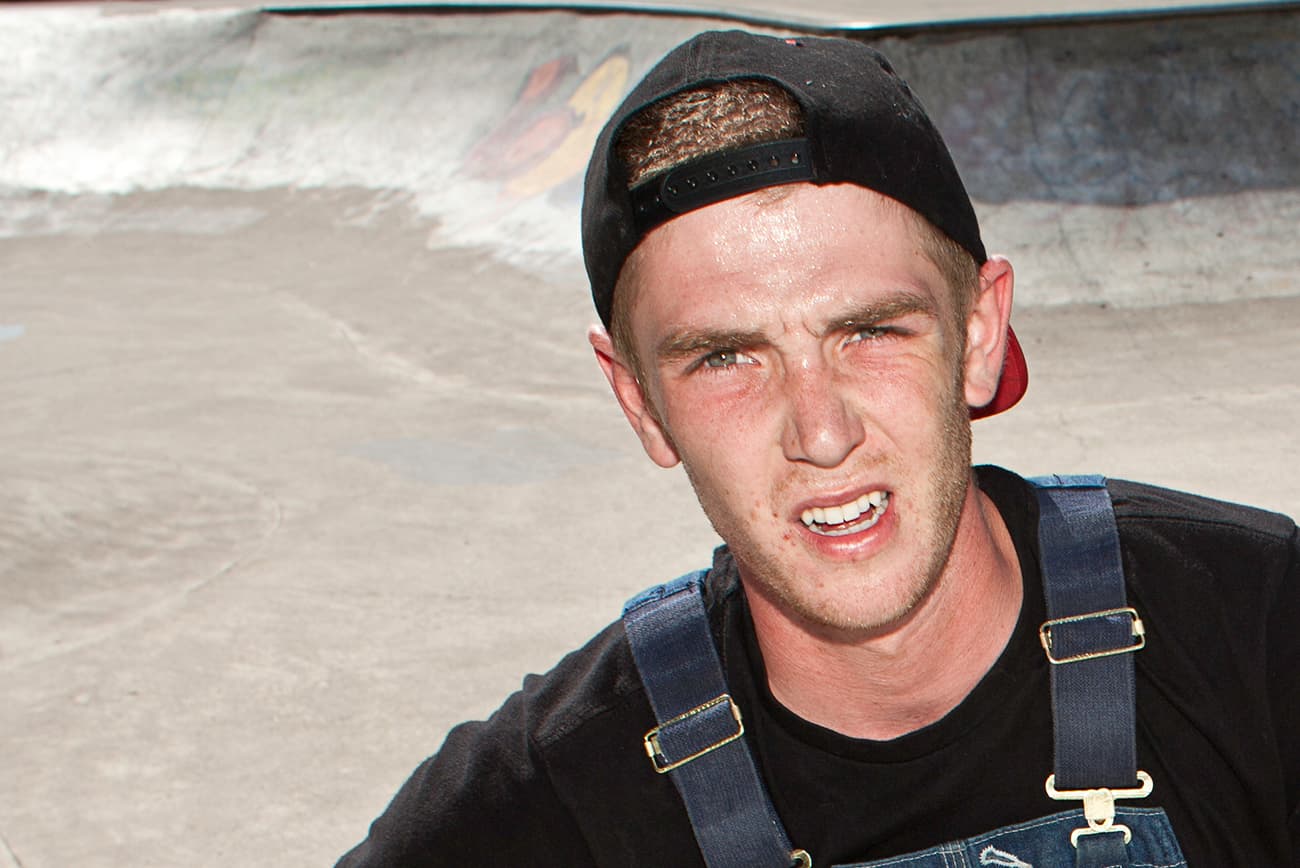
How to remove sweat marks from your cap
Over time, any headwear absorbs grease, sweat and other particles - easily recognized by dark, slightly shiny edges. This does not necessarily have anything to do with uncleanliness, but is a completely natural process. Here's how to make a sweaty Beanie, a stained baseball cap or a greasy-looking hat socially acceptable again:
Basic research
Depending on the type of headwear, different methods are recommended. They depend on the basic washability as well as the colour and shape retention of the item. To find out whether you can clean your baseball cap, beanie etc. yourself, it helps to search for care instructions.
Washable or not?
Almost all garments have a small label sewn into them with pictograms, i.e. self-explanatory signs that tell you whether you are allowed to wash something or not. The pictures are not quite as "self-explanatory" as many manufacturers think, but with a little imagination they can be interpreted quite well:
A bowl filled with water indicates that you can put the item in the washing machine. However, it would be better to say COULD - because the baseball cap in particular is at risk of permanent damage from the fully automatic whirling around. Therefore, for delicate products, it is usually better to
A bowl filled with water indicates that you can put the item in the washing machine. However, it would be better to say COULD - because the baseball cap in particular is at risk of permanent damage from the fully automatic whirling around. Therefore, for delicate products, it is usually better to
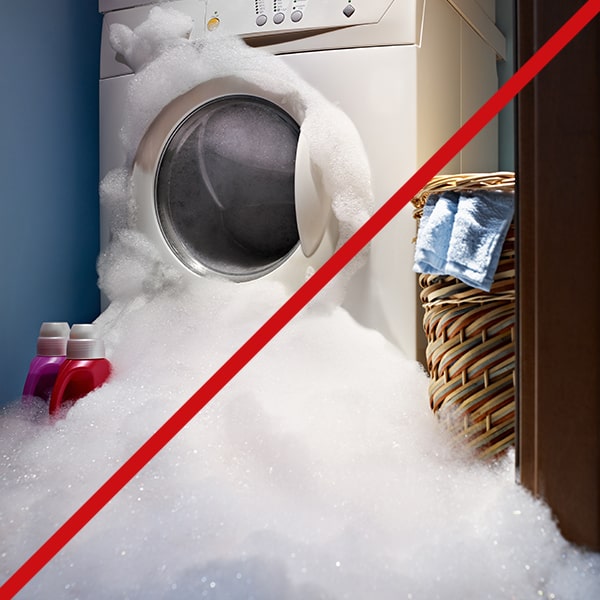
a hand can still be seen dipping into the bowl depicted. What this is supposed to represent is easy to guess: Washing yes - but only manually, please! If the vessel on the sign is crossed out, you have to find another cleaning method - because the symbol for "Don't wash!" means exactly that: don't wash!
Material and material combinations
In the rare case that you don't find any care instructions in the snapback or baseball cap, or in the likely case that it has been detached at some point, you need to check the composition of the cap. There is usually a hint for this as well:
Mesh fabric, cotton and polyester blends may be wetted; you should be careful with wool or wool admixtures.
Another thing to look out for is the visor of the baseball cap. If it is reinforced with plastic - no problem; a cardboard insert, on the other hand, may only come into contact with water to a limited extent.
Mesh fabric, cotton and polyester blends may be wetted; you should be careful with wool or wool admixtures.
Another thing to look out for is the visor of the baseball cap. If it is reinforced with plastic - no problem; a cardboard insert, on the other hand, may only come into contact with water to a limited extent.
Colour check
Finally, you should check the durability of the paint. To do this, dip a white cloth in warm water and rub it over an inconspicuous part of the cap. If it stays clean, everything is fine and the baseball cap can be washed. If the Beanie stains, you should better do without it. The risk that the snapback or baseball cap is faded afterwards or looks stained is simply too great.
Once all the basic questions have been answered, you're ready to go...
Once all the basic questions have been answered, you're ready to go...
Washed with all waters
If all the materials and the colour test of the baseball cap allow a wash cycle, you have two options to give it a fresh treatment:
by hand
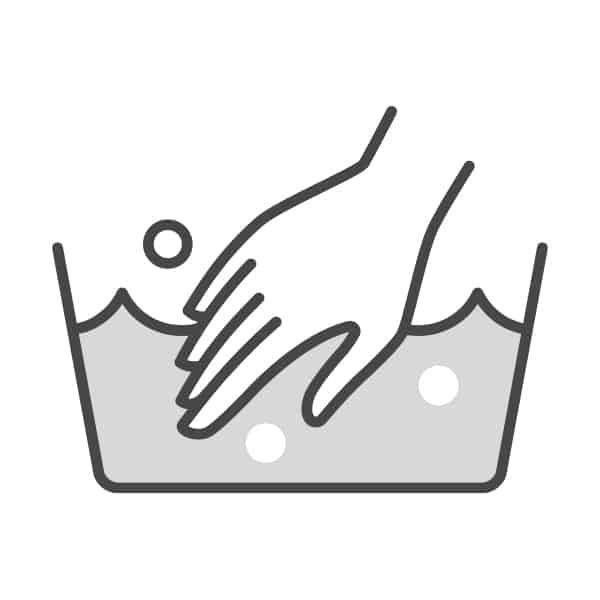
Even if it is permitted according to the care label, you should avoid machine washing. The movements of the washing drum and the spinning process do more harm than good to the headwear. It is better to clean it manually in a bucket or washbasin.
Use a detergent without bleaching agents or similar additives. Liquid products are ideal, as they are used for wool or silk. If you don't have such a product in your house, you don't need to buy it separately, because powder detergent works, too.
Put about a tablespoon of it at the bottom of a bucket or the sink and run lukewarm water over it. As soon as the container is sufficiently filled, dip the snapback or baseball cap into it and move it around a bit.
Then you have to wait. Within the next 2-4 hours, you should move the water or the Beanie every now and then, but never rub it. Ordinary traces of use will dissolve by themselves through the detergent and the swiveling; the tricks mentioned below will help against heavy soiling or stubborn stains.
After the time is up, or as soon as you feel the cap is fresh enough, take it out of the wash container and rinse it thoroughly under running water. If it stays clear and no more bubbles come out, all soap residue has been removed from the fabric.
Put about a tablespoon of it at the bottom of a bucket or the sink and run lukewarm water over it. As soon as the container is sufficiently filled, dip the snapback or baseball cap into it and move it around a bit.
Then you have to wait. Within the next 2-4 hours, you should move the water or the Beanie every now and then, but never rub it. Ordinary traces of use will dissolve by themselves through the detergent and the swiveling; the tricks mentioned below will help against heavy soiling or stubborn stains.
After the time is up, or as soon as you feel the cap is fresh enough, take it out of the wash container and rinse it thoroughly under running water. If it stays clear and no more bubbles come out, all soap residue has been removed from the fabric.
in the dishwasher
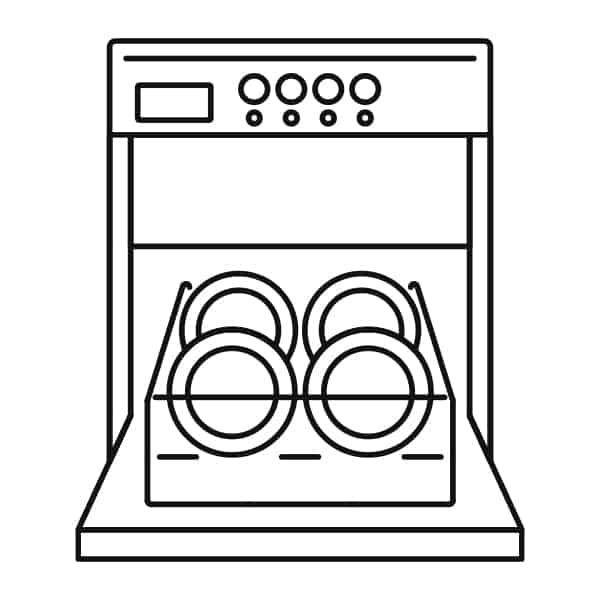
The household dishwasher also does a good job in terms of freshness. In this case, it is important that you place the Beanie in the upper basket of the machine. The heating element is located at the bottom, near which the snapback or baseball cap could literally get too hot.
Basically, you should select the mildest rinse cycle with the lowest temperature and use a detergent without bleach. Make sure that the program runs without hot drying or switch off this option.
Furthermore, the baseball cap should remain on its own or, at most, be "washed" in the company of others Beanies . Otherwise, there is a risk of dishes in the machine soiling the cap(s) or being soiled by the caps.
For best results, use a special Beanies washing rack, like the ones you can find in online stores or classic hat stores. It keeps the snapback or baseball cap in shape during the rinsing process and ensures that it is not flung upwards by escaping jets of water. Alternatively, two finely perforated household strainers are suitable - but they must fit perfectly in or over the head section of the Beanie .
Furthermore, the baseball cap should remain on its own or, at most, be "washed" in the company of others Beanies . Otherwise, there is a risk of dishes in the machine soiling the cap(s) or being soiled by the caps.
For best results, use a special Beanies washing rack, like the ones you can find in online stores or classic hat stores. It keeps the snapback or baseball cap in shape during the rinsing process and ensures that it is not flung upwards by escaping jets of water. Alternatively, two finely perforated household strainers are suitable - but they must fit perfectly in or over the head section of the Beanie .
In dry dock
Whether you've refreshed your caps in the hand basin, bucket, or dishwasher, they need to be shaped and dried after cleaning. Note that this is done in exactly this order. Otherwise, the baseball cap will solidify into a bizarre shape - and in extreme cases will no longer fit on your head.
If, for some reason, this happens, wet the fabric thoroughly and continue as described below:
Stuff the inside of the Beanie with a crumpled up towel, reshape the visor if necessary and let the cap air dry. This can take up to 24 h depending on the thickness of the material and ambient temperature. You should avoid acceleration through direct sunlight or the use of a tumble dryer, as this can cause the baseball cap to fade or shrink. It is better to place the damp and stabilized Beanie near a fan or open window so that it gets drafts of air.
When the snapback or baseball cap is completely dry, it may be used again as headwear.
If, for some reason, this happens, wet the fabric thoroughly and continue as described below:
Stuff the inside of the Beanie with a crumpled up towel, reshape the visor if necessary and let the cap air dry. This can take up to 24 h depending on the thickness of the material and ambient temperature. You should avoid acceleration through direct sunlight or the use of a tumble dryer, as this can cause the baseball cap to fade or shrink. It is better to place the damp and stabilized Beanie near a fan or open window so that it gets drafts of air.
When the snapback or baseball cap is completely dry, it may be used again as headwear.
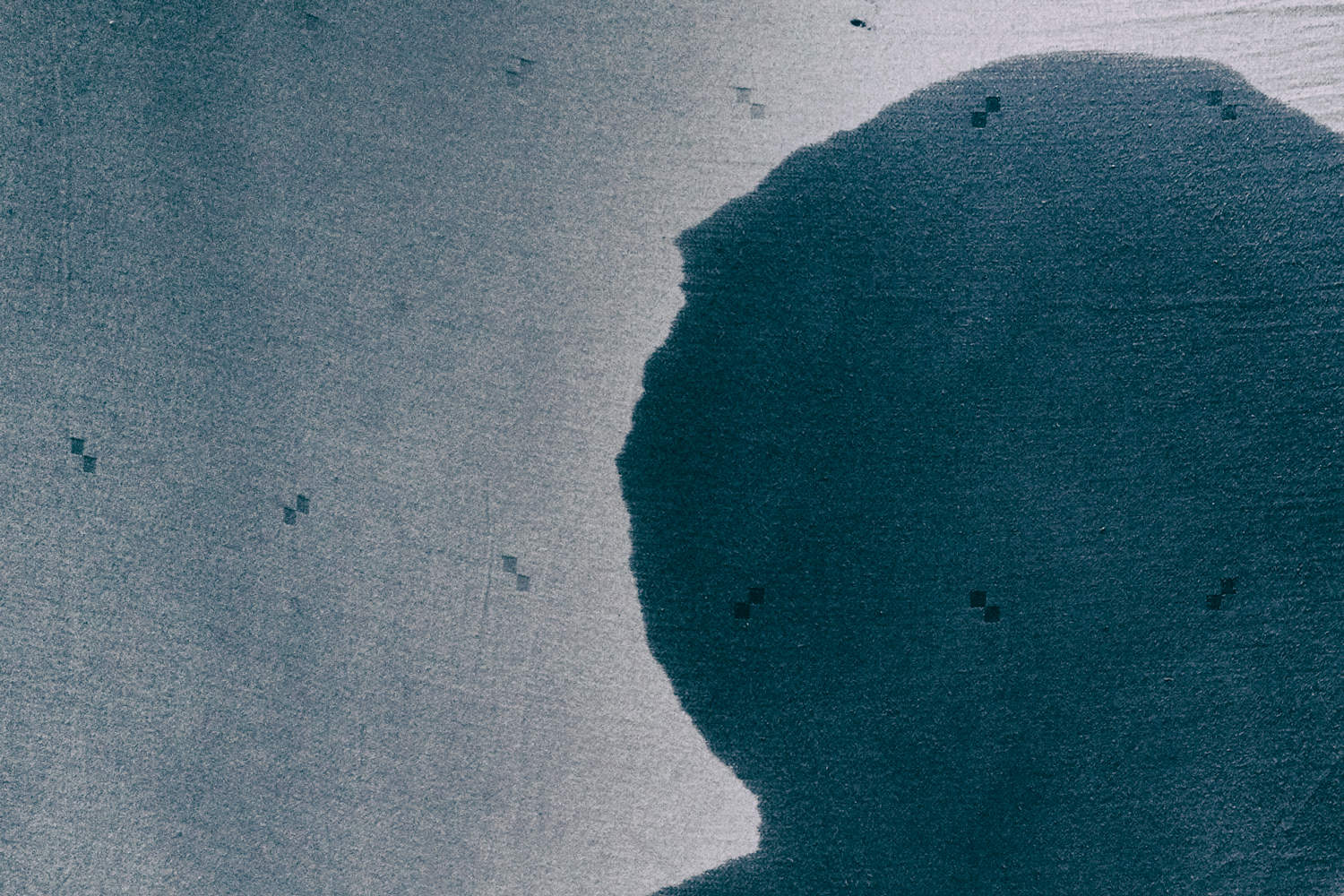
Oh horror, a stain!
If the cap has not become properly clean or if it is foreseeable that it will not become completely clean by simply washing it, you can treat individual areas specifically. This is recommended, for example, on the inner band of the Beanie, where most sweat usually accumulates, but also for other grease or dirt stains. As with washing itself, there are several options for pre- or post-treatment:
Commercially available stain remover
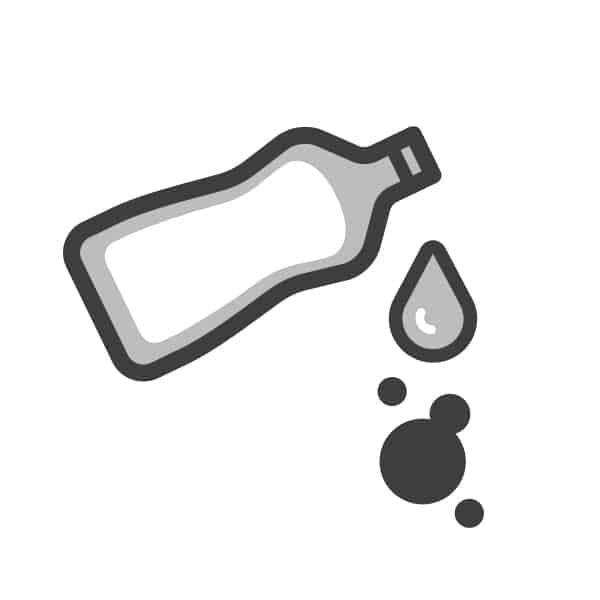
Modern products are suitable for almost all types of stains; however, they often contain lightening dirt solvents. If you find ingredients such as chlorine on the declaration list, you should look for alternatives to avoid pale spots on the snapback or baseball cap.
Detergent solution
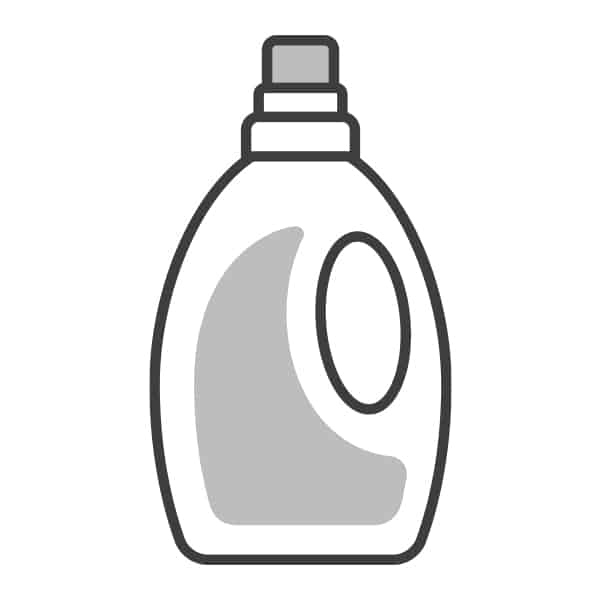
The same liquid you use for washing is also suitable for pretreating stains. Apply it to the affected area and work it thoroughly into the fabric. A cloth or sponge is recommended for both processes - because the baseball cap does not have to be completely soaked to remove a single stain.
Baking soda
In times of growing environmental awareness, some things are experiencing an unprecedented renaissance. One of them is the all-purpose weapon sodium bicarbonate. It performs excellently in almost all areas of the household - and is also suitable as a stain remover and cleaning agent.
A mixture of 60 g sodium bicarbonate and 60 ml warm water (equivalent to 4 tablespoons each) makes a highly effective washing paste that you apply with a toothbrush, work into the fabric and rinse off again under running water after about 60 min.
A mixture of 60 g sodium bicarbonate and 60 ml warm water (equivalent to 4 tablespoons each) makes a highly effective washing paste that you apply with a toothbrush, work into the fabric and rinse off again under running water after about 60 min.
Gentle procedure
The treatment of non-washable Beanies is similar to the stain removal described above. However, you must be particularly careful with water. In most cases, it's not the fabrics themselves that prohibit washing - but additional parts such as the reinforcement of the cap shield or accessories such as embroidery, eyelets and buckles.
Here, as little water as possible or better no water at all should hit or be immediately absorbed. Alternative stain removal methods are dry shampoo and potato starch. They absorb grease particularly well and can be brushed out of the fabric without leaving any residue.
Here, as little water as possible or better no water at all should hit or be immediately absorbed. Alternative stain removal methods are dry shampoo and potato starch. They absorb grease particularly well and can be brushed out of the fabric without leaving any residue.